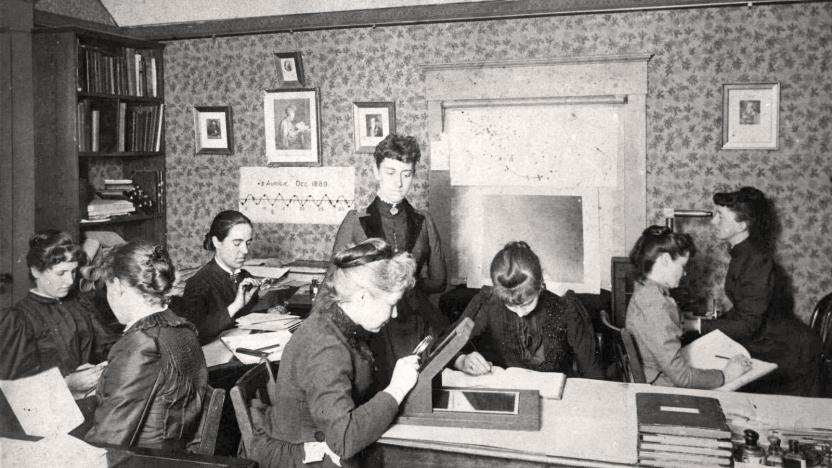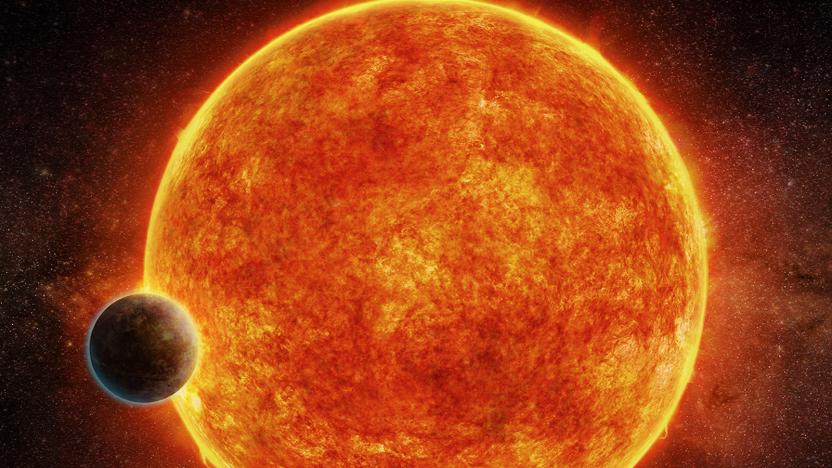CenterforAstrophysics
Latest

How Harvard's human computers helped invent modern astronomy
The Harvard College Observatory (now the Center for Astrophysics) in Cambridge, Massachusetts has long been a bastion of astronomical research, its history stretching back to the center's founding in 1839. But for the first forty years of its existence, the HCO was quite literally an old boys club. While amateur female astronomers helped fund and even construct the observatory's telescopes, "it wasn't really seen as proper to allow them out on the roof, in the night, on their own, to actually use instruments," Daina Bouquin, Head Librarian of the Wolbach Library at the Center for Astrophysics and lead of the PHaEDRA project, told Engadget.

Nearby 'super-Earth' may be our best shot yet at finding alien life
Scientists are finding potentially life-bearing planets at a surprisingly high rate, but the latest may be more tantalizing than most. A research team has discovered LHS 1140b, a temperate rocky exoplanet orbiting the habitable zone of a tiny star 40 light years away. While it's not the first such planet found relatively nearby, it's an ideal candidate for study -- since it transits in front of its host, astronomers could look for water and oxygen in the planet's atmosphere by watching how it filters starlight. The star itself also doesn't emit much high-energy radiation, so there's a greater chance of life than you might see around stars like TRAPPIST-1.

Scientists create simulation of the universe, reenact 14 billion years in a few months (video)
Are animations of Curiosity's Mars landing not enough to feed your space exploration appetite? Try this on for size: a group of scientists from the Harvard-Smithsonian Center for Astrophysics and the Heidelberg Institute for Theoretical Studies have generated what's billed as a full-fledged simulation of the universe. Arepo, the software behind the sim, took the observed afterglow of the big bang as its only input and sped things up by 14 billion years. The result was a model of the cosmos peppered with realistically depicted galaxies that look like our own and those around us. Previous programs created unseemly blobs of stars instead of the spiral galaxies that were hoped for because they divided space into cubes of fixed size and shape. Arepo's secret to producing accurate visualizations is its geometry; a grid that moves and flexes to mirror the motions of dark energy, dark matter, gasses and stars. Video playback of the celestial recreation clocks in at just over a minute, but it took Harvard's 1,024-core Odyssey super computer months to churn out. Next on the group's docket is tackling larger portions of the universe at a higher resolution. Head past the jump for the video and full press release, or hit the source links below for the nitty-gritty details in the team's trio of scholarly papers.


